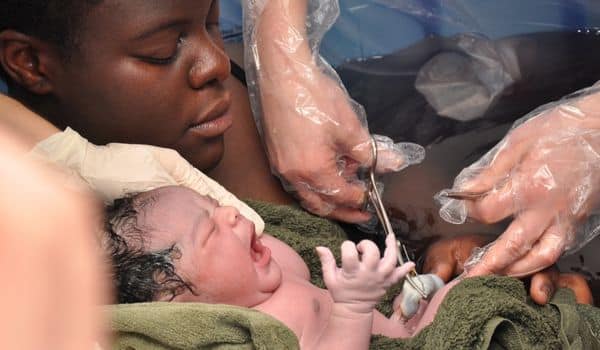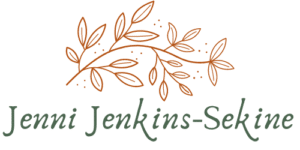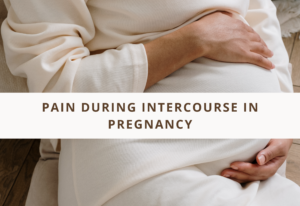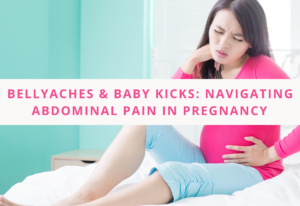Birthing people looking for unmedicated comfort options may find laboring and birthing in a birth pool or birth tub to be an option for pain management in labor. Immersion in a water birth tub or pool can reduce the risk of perineal trauma, shorten labor length, and increase birth satisfaction rates. Several studies have shown that being able to labor and birth in water positively affects both the birthing person and the infant.
This paper outlines the benefits of water birth and how it can reduce the risk of perineal trauma, shorten labor, and increase feelings of birth satisfaction. In addition, this paper proposes that shorter labor and less risk of perineal trauma can increase birth satisfaction rates for birthing people.
What are the benefits of water birth?
Water birth is when a birthing person labors and gives birth in a birth pool or tub of warm water. Although it is seemingly becoming more popular among parents, people have used water birth for thousands of years to cope with labor and birth pain (Nikodem et al., 2022). Immersion in a water birth tub or pool can reduce the risk of perineal trauma, shorten the length of labor, and increases birth satisfaction rates.
Several studies have found that water birth reduces the rate of perineal tearing and the need for perineal repairs after delivery, which can possibly add complications to the healing in the postpartum period (Lathrop et al., 2018; Ulfsdottir et al., 2017). Laboring and birthing in water can potentially help reduce the overall length of labor (Ulfsdottir et al., 2017). Healthcare providers could discuss how these factors combine to help increase birth satisfaction rates with their clients to provide them the ability to make an informed choice about water birth as a birth option (Milosevic et al., 2019; Ulfsdottir et al., 2017).
1. Reduced Risk of Perineal Trauma and Repairs
One of the primary potential benefits of water birth and laboring in water is the reduced risk of perineal trauma and repairs (Feeley et al., 2021; Lathrop et al., 2018; Ulfsdottir et al., 2017). Immersion in water during labor can help to soften and relax the perineal tissues, which are the muscles and skin between the vaginal opening and the anus (Feeley et al., 2021). This increased relaxation may reduce the risk of perineal tears or episiotomies, which are surgical incisions made during childbirth to enlarge the vaginal opening (Nikodem et al., 2022).
In the cases where perineal trauma does occur during birth, birthing in a birth pool or tub has been associated with decreased severity of tears and reduced need for repairs, such as sutures, compared to traditional land births (Lathrop et al., 2018). Finally, water immersion has been shown to reduce birthing people’s perceptions of pain during contractions and require fewer interventions, like forceps, that often require perineal repair after use (Hakim et al., 2019). Overall, water birth has the potential to prevent perineal trauma and minimize the need for repairs, offering a potentially favorable outcome for postpartum recovery.

2. Shorter Length of Labor
Parents who are looking for ways to reduce the amount of time they are in labor could look to water birth as a potential option. This is because multiple studies have shown one of the benefits of water birth is that it could reduce the length of labor (Feely et al., 2021; Neiman et al., 2020; Ulfsdottir et al., 2017). Water birth can potentially reduce labor length by promoting relaxation, increasing comfort, and facilitating mobility, ultimately leading to a positive birth experience (Feeley et al., 2021). In addition, a study by Ulfsdottir et al. found that birthing people immersed in water during their labor had a shorter first stage of labor (2017).
While Neimen et al. also found that birthers “who had a waterbirth had a shorter second stage of labor” (2020, p. 5). Lastly, the buoyancy that water birth provides facilitates more effortless movement for the birthing person, which may also contribute to the reduced length of labor for people choosing to labor and birth immersed in water (Feeley et al., 2021). By increasing birthing people’s comfort, mobility, and relaxation, water birth can reduce the amount of time someone is in labor.
3. Higher Satisfaction with the Birth Experience
Studies have shown that birthers who choose water birth often report higher satisfaction with their birthing experience than those who give birth in a non-water setting (Lathrop et al., 2018). The combined potential benefits of reduced perineal trauma and shorter labors contribute to increased birth satisfaction in water birth (Hakim et al., 2019). Additionally, people who gave birth in the water reported feeling more relaxed, safe, and in control of their birth (Feeley et al., 2021; Ulfsdottir et al., 2017).
Water birth is believed to create a calming and soothing environment that promotes a sense of serenity and reduces stress for the birthing individual (Ulfsdottir et al., 2017). This environment could help birthers feel more in control, empowered, and supported during childbirth, which may positively impact their satisfaction with the labor and birthing process (Ulfsdottir et al., 2017). The practice of laboring and birthing while immersed in warm water is associated with increased rates of birth satisfaction, potentially contributing to a positive birth experience for birthing people (Lathrop et al., 2018; Ulfsdottir et al., 2017).
In conclusion...
In conclusion, water birth has garnered recognition for its potential to enhance the birthing experience in multiple ways. Laboring and birthing immersed in water have been praised for their potential to enhance the birthing experience by possibly reducing the risk of perineal trauma, reducing the length of labor, and providing a more positive birth satisfaction experience for the birthing individual (Lathrop et al., 2018; Ulfsdottir et al., 2017). These are all fantastic benefits of water birth!
However, it is essential to note that water birth may not be suitable for every birthing individual. Careful consideration of individual circumstances and skilled management by trained healthcare providers is essential. Care providers facilitating conversations about the benefits of water birth could be impactful in providing their clients the ability to make an informed choice about water birth as a birth option (Milosevic et al., 2019).
Further research and evidence-based practice guidelines on water birth may help better understand the factors contributing to increased birth satisfaction, reduced length of labor, and reduced perineal trauma in water birth settings and optimize the practice for the well-being of birthing people and their newborns.
References
Feeley, C., Cooper, M., & Burns, E. (2021). A systematic meta-thematic synthesis to examine the views and experiences of women following water immersion during labour and waterbirth. Journal of Advanced Nursing, 77(7), 2942-2956, https://doi.org/10.1111/jan.14720
Hakim, S., Santoso, B., Sungkar, A., Surya, R., & Fattah, A. (2019). Controversial issue in water birth to reduce perineal trauma. Journal of South Asian Federation of Obstetrics and Gynaecology, 11(3), 207–211. https://doi.org/10.5005/jp-journals-10006-1688
Lathrop, A., Bonsack, C. F., & Haas, D. M. (2018). Women’s experiences with water birth: A matched groups prospective study. Birth, 45(4), 416–423. https://doi.org/10.1111/birt.12362
Milosevic, S., Channon, S., Hughes, J., Hunter, B., Nolan, M., Milton, R., & Sanders, J. (2019). Factors influencing water immersion during labour: Qualitative case studies of six maternity units in the United Kingdom. BMC Pregnancy and Childbirth, 20(0), 1–14. https://doi.org/10.1186/s12884-020-03416-7
Neiman, E., Austin, E., Tan, A., Anderson, C., & Chipps, E. (2020). Outcomes of waterbirth in a US hospital-based midwifery practice: A retrospective cohort study of water immersion during labor and birth. Journal of Midwifery and Women’s Health, 65(2), 216-223. https://doi.org/10.1111/jmwh.13033.
Nikodem, V. C., Edwards, S. E., Krzyzanski, A. M., Berghella, V., & Hofmeyr, G. J. (2022). Immersion in water during the second stage of labor: A randomized controlled trial. American Journal of Obstetrics & Gynecology MFM, 4(6), 100721. https://doi.org/10.1016/j.ajogmf.2022.100721
Ulfsdottir, H., Saltvedt, S., & Georgsson, S. (2017). Water Birth in Sweden – A comparative study. Acta Obstetricia et Gynecologica Scandinavica, 97(3), 341-348. https://doi.org/10.1111/aogs.13286





